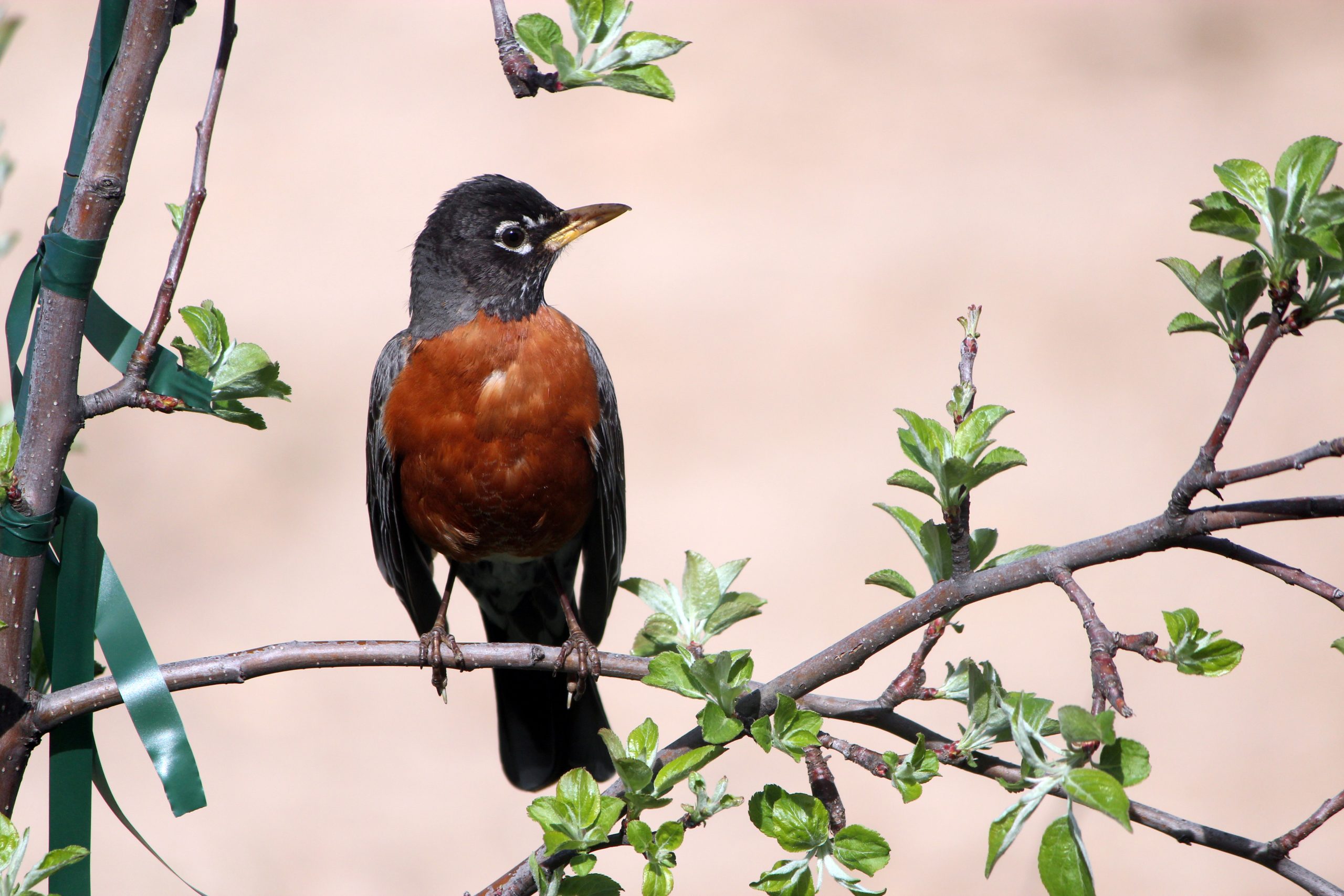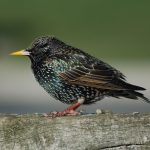The American Robin, a familiar sight in many parts of North America, also graces the landscapes of Arizona. Known for their cheery demeanor and vibrant plumage, these birds bring a splash of color and a lively song to the Sonoran Desert and other habitats across the state. Here’s everything you need to know about this iconic bird and its life in Arizona.
Quick Facts
- The American Robin is scientifically named Turdus migratorius.
- Known for its bright red or orange chest.
- It has a strong, clear song that is often among the first sounds of spring.
- Robins are commonly seen hopping on lawns, searching for worms.
- The bird is adapted to various habitats, including urban areas.
Subspecies Information
The American Robin has several subspecies, with slight variations in their coloration and size. In Arizona, the following subspecies might be observed:
- T. m. propinquus: Known as the western robin, this subspecies is found in the southwestern parts of the United States including Arizona, and is paler with a more greyish-brown tint.
- T. m. caurinus: These robins are generally found along the Pacific Coast but sometimes straggle into Arizona during migration.
Physical Dimensions
American Robins have a fairly consistent size range:
- Length: 9.1 to 11 inches
- Weight: 2.5 to 3 ounces
- Wingspan: 12 to 16 inches
These dimensions apply to both males and females, with slight variations.
Identification
Male American Robins are easily identified by their bright reddish-orange chest, contrasting with their dark gray to black head and back. They have a white eye ring and a yellow beak with a slight dark tip. Females tend to be slightly duller with more muted tones, particularly on the head and back, making the orange of their chest less vibrant compared to males.
Local Habitats
In Arizona, American Robins can be found in:
- Urban parks and gardens
- Desert scrub areas
- Wooded areas, especially riparian zones with large trees
- Higher elevation areas such as the ponderosa pine forests in northern Arizona
Natural Habitat
Robins thrive in a variety of habitats, including open woodlands, farmlands, and suburban gardens. They are especially fond of areas with plenty of trees and shrubs that provide ample nesting opportunities and food sources.
What They Eat
American Robins have a varied diet:
- Invertebrates: Earthworms, beetle grubs, and caterpillars are favorites during the breeding season.
- Fruits and Berries: In the winter, their diet shifts to fruits and berries such as juniper berries, sumac fruits, and even holly berries.
- Other: Occasionally, they will eat snails, spiders, and small amphibians.
Migratory Behavior
American Robins are known for their migratory habits. In Arizona, they are typically seen during the cooler months and migrate northward as temperatures rise. However, some populations may choose to stay year-round, especially in urban areas where food and water sources are consistently available.
Conservation Status
The American Robin is classified as a species of “Least Concern” by the IUCN. However, like many birds, they face threats from habitat destruction, pesticide use, and predation by domesticated cats. Conservation efforts focus on preserving natural habitats and reducing chemical use in gardens and agricultural areas.


